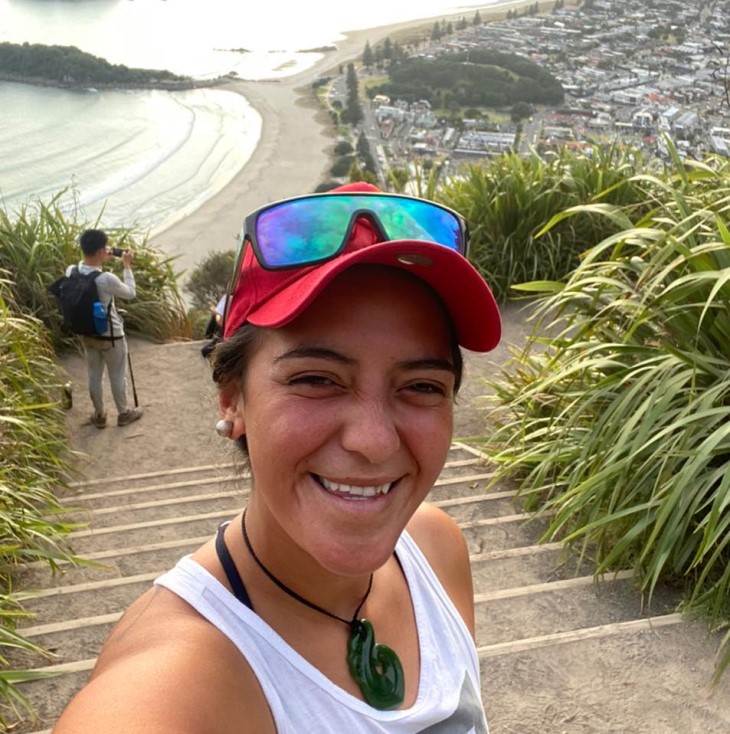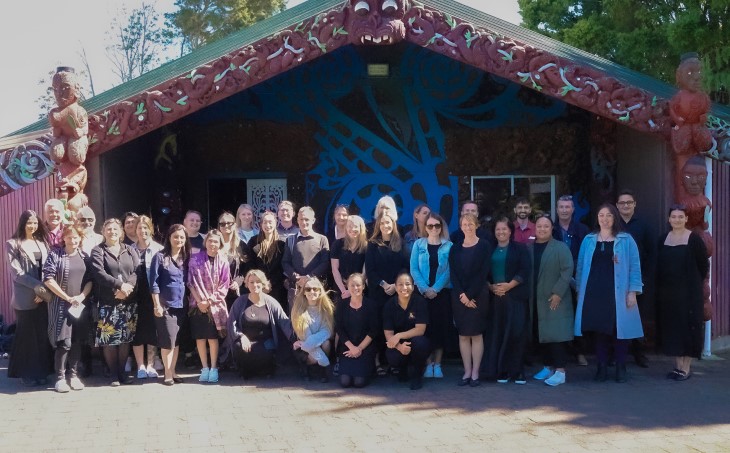Council setting standards in culturally safe care
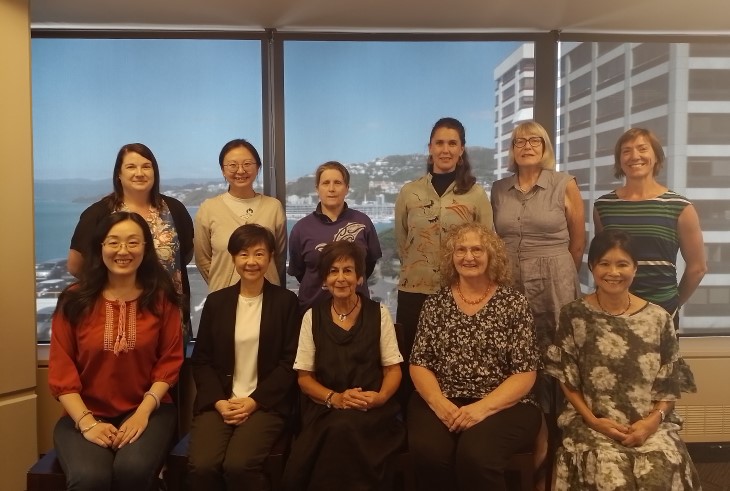
The Chinese Medicine Council of New Zealand is on a journey to make sure all its practitioners provide culturally safe care to clients, aligning with the ACC Kawa Whakaruruhau (Cultural Safety) policy.
“Just because you have one Māori at the table, that doesn’t mean you’re culturally competent. Just having a seat at the table is not enough.”
Those are the words of Mana Fleming (Te Āti Haunui-a-Pāpārangi), a member of the Chinese Medicine Council of New Zealand, the regulatory body for the Chinese medical profession in Aotearoa.
Mana is determined to support the organisation’s mahi to lift cultural competency standards among its registered practitioners. This provides opportunities to grow culturally safe care so that it's delivered to all New Zealanders that seek Chinese medical treatment.
“A seat at the table is just your bare introduction, you then need to listen, learn and alter some of the things you do. That’s what cultural safety and cultural competency is – it’s not just ticking a box,” she says.
“And it’s okay to make mistakes, as long as you’re prepared to admit it and do what you can to change, rather than be afraid you’re going to be told off.”
Mana believes the fear of doing something that’s perceived the wrong way can hold many organisations back in committing fully to improving standards of cultural safety and competency.
“I think there’s a stress that often prevents cultural safety because people don’t want to get it wrong,” she says.
“But they’re not asking any questions on how to get it right, so they’re not even prepared to have a conversation. Nobody automatically expects anybody to know everything – you learn through a process that includes mistakes.
“That’s the bit which is sometimes missing. If people can overcome their fear and be okay around not knowing and be open to making mistakes, I think it makes you a better and more complete person.
“This is the advice I’d give to anyone looking to improve their understanding of culturally safe care and how to put it into practice.”
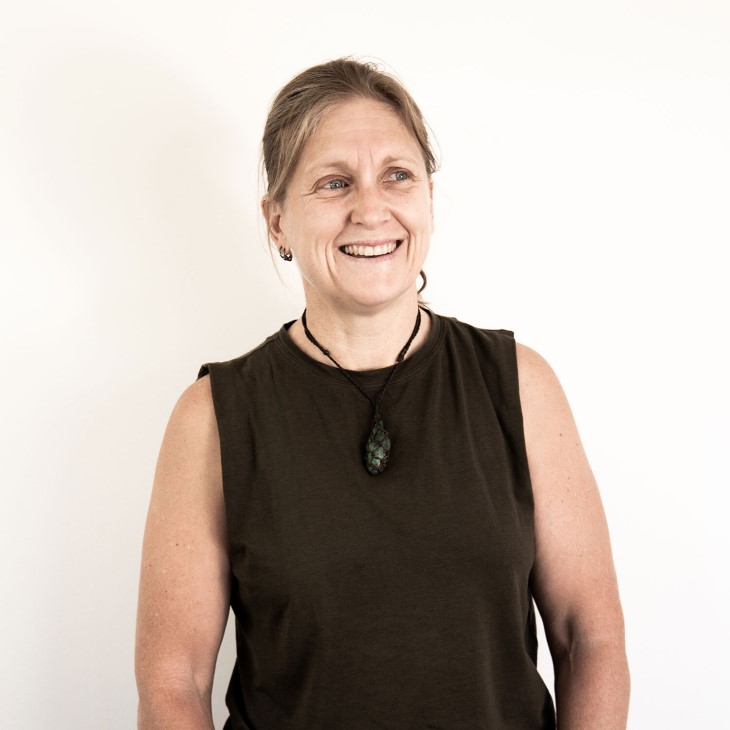
Taking the first steps on a long journey
Formed under two years ago in 2022, the Chinese Medicine Council of New Zealand is still very much at the start of its journey towards achieving high standards in cultural safety.
“We know we have a long way to go but it’s like that saying about the journey of a million miles beginning with the first step,” says Kate Roberts, who acts as a professional advisor to the council.
“Everything starts with one step so you just have to take that step and keep going forward. It can feel like a bit of a tick box at the start but sometimes getting started is the most important part, as long as it sets you on a path to do more.”
The first step for the Chinese Medicine Council has involved putting policies in place that lay out the need for practitioners to be committed to delivering culturally safe care and improving their levels of cultural competence.
As part of these guidelines, Chinese medicine practitioners must consider, respect and honour the history of Māori as tangata whenua (people of the land) by following bicultural principles.
Before obtaining a registration to practice Chinese medicine, practitioners are required to undertake formal education about cultural safety and competence, and continue to seek professional development in those areas throughout their careers.
Practitioners are also encouraged to reflect on their own views and biases and how these could affect their decision-making, and impact on health inequities.
“Cultural safety and competency is about attempting to improve interactions and thereby improve outcomes for people who are engaging in healthcare options. But, for me, it’s specific to acknowledging obligations of the Treaty and addressing inequities,” Kate says.
“For example, when you say everyone deserves the same care, that’s not actually the case. Some people need more care than others because there are inequities and that needs to be addressed,” she explains.
“The purpose should always be to provide a better experience and better outcomes for the people who trust you to provide care for them.”
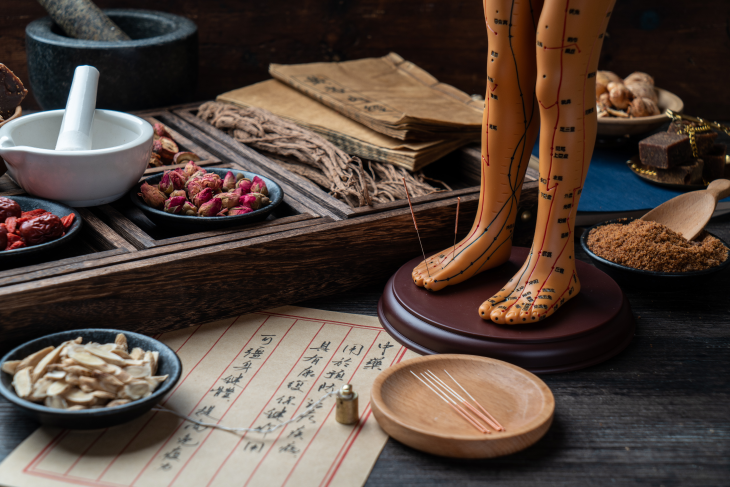
Cultural competency, cultural safety and Te Tiriti o Waitangi
Prior to laying out cultural safety expectations for its registered practitioners, the council worked with Iris Pahau to undertake Te Tiriti training for its members.
Iris is the director of AWE Consultants, which specialises in helping organisations be positively responsive to Te Tiriti o Waitangi. This is done through the implementation of a Te Tiriti o Waitangi governance framework and by incorporating tikanga (practices and values) that reflect te wairua o Te Tiriti (the spirit of the treaty of Waitangi).
Individual members of the council have meanwhile been on their own personal journeys of exploring their connection to te ao Māori (the Māori world) and what it means to them.
Mana spent many years as a youth worker before becoming involved in Chinese medicine.
“In youth work back then, a lot of the people that were right on the edge were Māori – and I was this little blond-haired, blue-eyed thing doing the mahi,” she says.
This informed ways of understanding and seeing the world, not only through life experience but also through formal learning.
“When you understand your own way of being and your own culture, you can collaborate in so many ways with others for the very best outcome with your kiritaki (clients/patients) and whānau. This understanding comes from education in things like Treaty training and cultural competency training, which lays a foundation to work from,” Mana says.
“Next is how we apply this to our mahi and our everyday life. In the end, it’s about growing up and becoming a better person – a process of evolving which is often lifelong. And surely all of us want others to feel safe and comfortable around us.”
Mana is now also stepping into the world of rongoā Māori (traditional Māori healing), which has been available to kiritaki s a rehabilitation service through ACC since 2020.
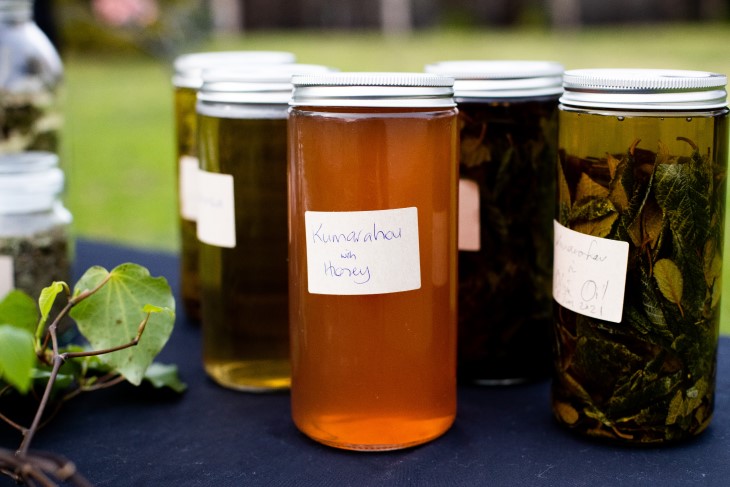
Embracing Māori culture as an outsider
In contrast, Kate was born and raised in Australia. She studied Chinese medicine at university before working as an acupuncturist and then re-training in psychological medicine.
After marrying a New Zealander and settling in Aotearoa, she’s learned about Te Tiriti o Waitangi and te ao Māori through the lens of a Pākehā immigrant.
It’s a challenge she’s fully embraced, both in her personal life and in her professional role of advising the Chinese Medicine Council on policy matters.
Kate and her husband are both learning te reo Māori and are trying to normalise its use with whānau in their home.
“After having children, I had a realisation of my role as tangata Tiriti (non-Māori people of the Treaty) and how I wasn’t really fulfilling that role of honouring the Treaty of Waitangi, and appreciating the honour of being able to live in and enjoy New Zealand,” she explains.
“It’s something I feel very strongly about, so I’m trying to be a strong ally to tangata whenua in any way I can. In my work with the Chinese Medicine Council, I always try to speak out and highlight our responsibilities under Te Tiriti.
“I’m not an expert by any means, in fact the opposite. But sometimes it’s just about saying, ‘I stand by this’ or ‘This is something you haven’t thought about’.
“It’s a gift to be tangata Tiriti in this country and I really appreciate that, so I’m always thinking, ‘What can I do to give back?’”
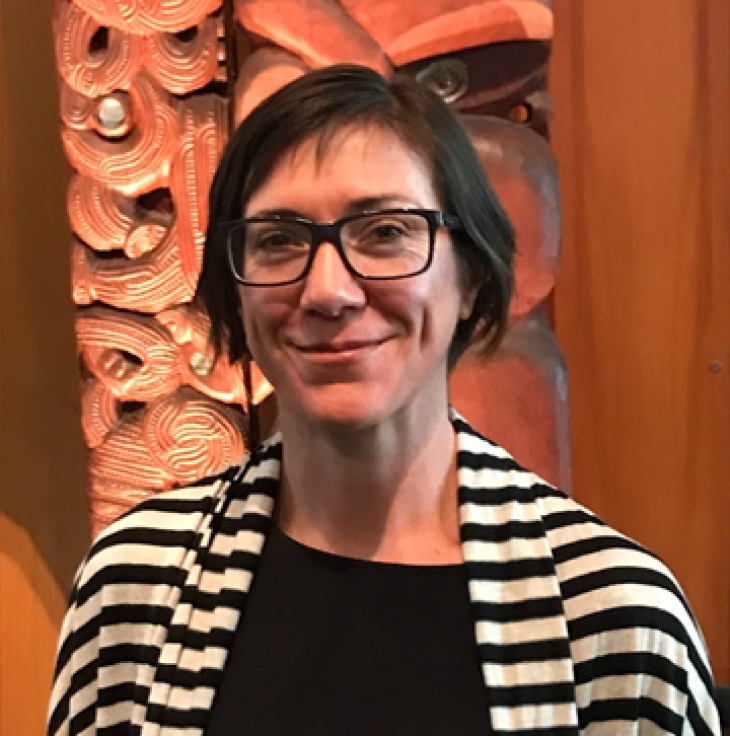
Aligning with ACC to achieve cultural safety
Kate says the council is also being careful to align with ACC’s Kawa Whakaruruhau (Cultural Safety) policy, which applies to all providers and suppliers of ACC-funded services.
Launched by ACC last year, Kawa Whakaruruhau seeks to support a meaningful and sustainable advancement towards cultural safety across New Zealand health services, with a particular focus on the delivery of culturally appropriate care to Māori as Te Tiriti o Waitangi partners.
“We now need to take these policies and procedures and put them into practice, which can be difficult when the majority of your practitioners are working in isolation in private practice,” Kate says.
“We don’t have all the answers yet and we know we’ll need to do some learning along the way. So we’re reflecting on that and we’ll engage tangata whenua in a way that’s appropriate and comfortable for them.”
Mana says bringing these policies to life will be the key to improving standards of cultural safety and competency in Chinese medicine across the motu.
“Not everyone has thought about safety or how to define it. My definition is: ‘Safety is not the absence of threat, it’s the presence of something else’. So I want to be that something else for others as often as I’m able,” she says.
“And at the end of this progression is cultural humility, which is the ability to be humble in your own self and fully embrace your own culture so that you can strongly support other people’s cultures. Then you’ll be better placed to achieve cultural safety.”
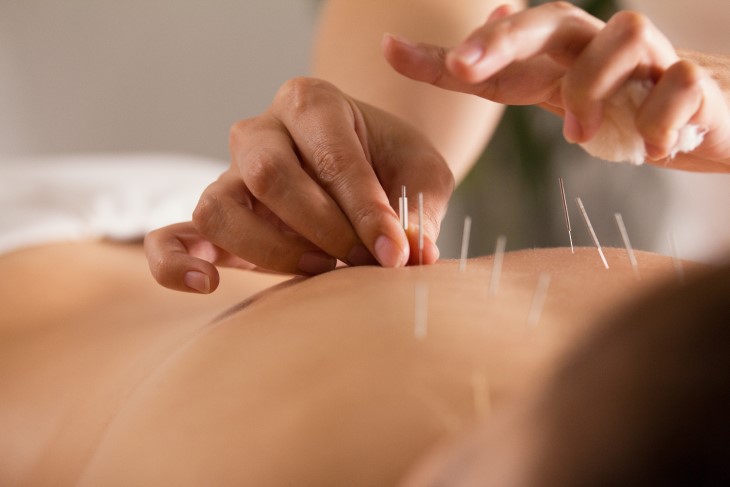
More information
The cultural safety and competency guidelines produced by the Chinese Medicine Council of New Zealand are available to view on its website.
Standards for Cultural Safety and Cultural Competency for Chinese Medicine Education and Practice
These guidelines align with the ACC Kawa Whakaruruhau (Cultural Safety) policy, which is available to view on the ACC website.
ACC Kawa Whakaruruhau (Cultural Safety) policy
Chinese Medicine Council of New Zealand’s advice for health providers and suppliers
- Don’t be afraid to make mistakes in your journey to improve your understanding of culturally safe care and putting your learnings into practice.
- Everything starts with one step – take that first step and keep going forward. Getting started is the most important part.
- Put policies in place that lay out the need for practitioners to be committed to delivering culturally safe care and improving their levels of cultural competence.
- Acknowledge and address the inequities that exist between communities.
- Engage tangata whenua and external specialists to support your kaimahi (staff) in learning about Te Tiriti and cultural safety.




